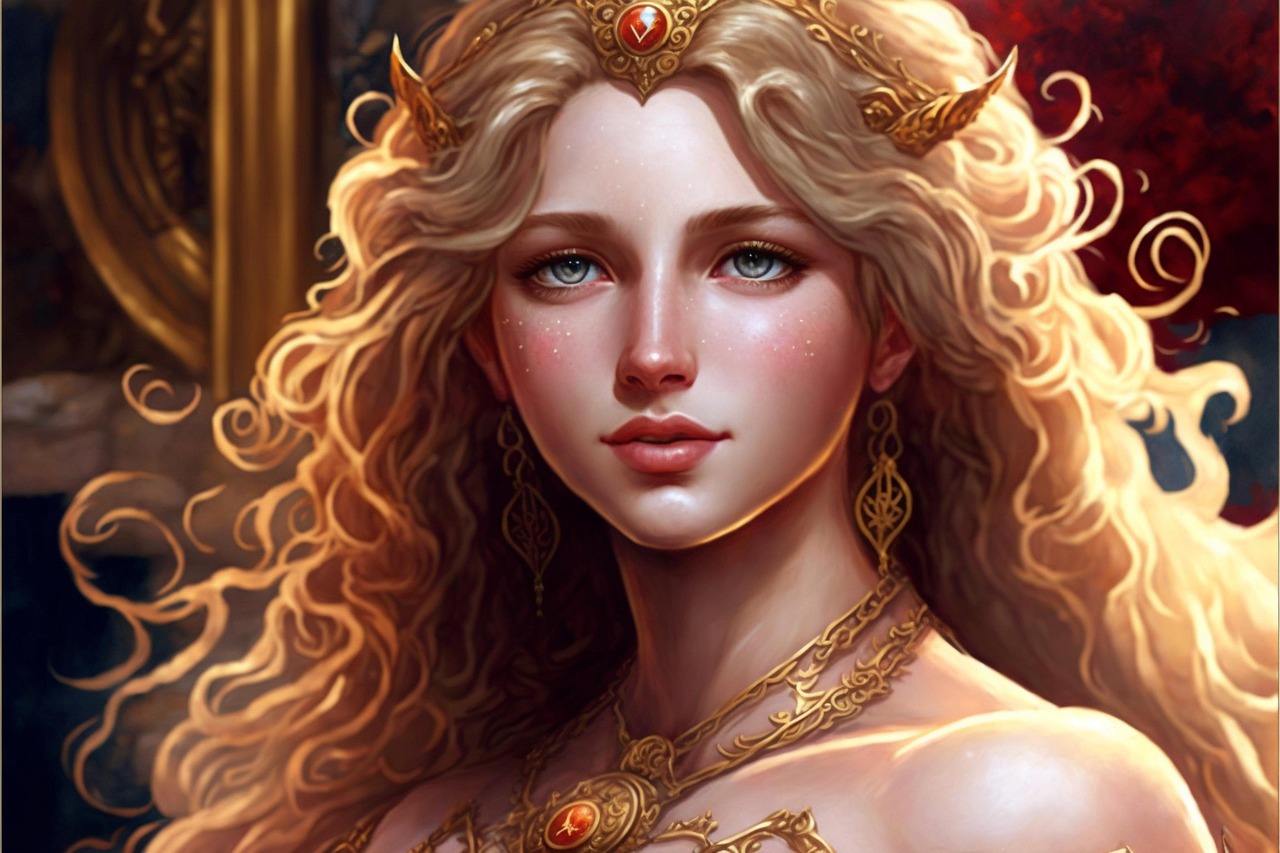Aphrodite, the enchanting Goddess of Love and Beauty, has captivated the imaginations of many throughout history. Her complex persona and myriad associations encapsulate not only romantic attraction but also the more profound realms of desire, aesthetics, and transformation. Here are some intriguing and lesser-known facts about this remarkable deity that promise to evoke curiosity and shift your perspective about love and beauty.
1. The Birth of a Divinity
Aphrodite’s origin story is rich with mythological intrigue. According to Hesiod’s Theogony, she emerged from the sea foam created by the severed genitals of Uranus, the primordial sky deity. This dramatic birth underscores her association with not only beauty but also chaos—a theme that is prevalent in many myths. Thus, she’s not just the embodiment of love; she also represents the tumultuous unpredictability of desire.
2. The Duality of Love
In Greek mythology, Aphrodite embodies not one, but two forms of love: Eros and Agape. Eros represents physical, romantic attraction, while Agape encompasses a selfless, universal love that extends beyond mere infatuation. This duality illustrates the multifaceted nature of love, integrating both passionate longing and the power of selfless devotion.
3. The Role of Sexuality
Aphrodite’s mythology is intrinsically linked to sexuality, and her lore often intersects with themes of seduction and desire. She wielded the power to incite passion, compelling both gods and mortals alike to surrender willingly to their deepest yearnings. Her relationships with figures like Adonis and Ares highlight the interplay between beauty and physical desire, framing her as an eternal figure of attraction whose essence transcends the mundane.
4. The Influence of the Cult
Aphrodite wasn’t simply a goddess of romantic endeavors; she was venerated through elaborate rituals and practices. Cults dedicated to her worship celebrated both her nurturing and vengeful aspects. Innovations in art, literature, and philosophy often emerged from the rich tapestry of worship that surrounded her, integrating her narrative into the social and cultural fabrics of ancient societies.
5. The Goddess of Fertility
Aphrodite’s influence extends beyond the sphere of romance; she is also celebrated as a goddess of fertility and the flourishing of nature. Festivals in her honor often revolved around agriculture, demonstrating her integral role in sustaining life itself. Such themes contribute to her multidimensional character, portraying her as a figure essential for human flourishing and the natural cycle of life.
6. The Æon of Beauty
Beauty is often subjective, yet Aphrodite set the parameters for its ideals. She was renowned for her unparalleled aesthetics, which influenced artists and poets for centuries. Her representation in various forms of artwork—ranging from classical sculptures to Renaissance paintings—conveys the enduring nature of beauty through the ages. This legacy forces us to reevaluate contemporary standards of attractiveness and the often ephemeral nature of youth and allure.
7. A Patron of the Arts
Aphrodite’s allure inspired countless artists across millennia, becoming an eternal muse. Poets like Sappho and Homer invoked her, crafting verses that celebrate both the trials and triumphs of love under her watchful gaze. In visual arts, she appears in myriad formats, often encapsulating the interplay of light, shadow, and color that conveys deep emotional resonance. This patronage signifies not merely aesthetic allure but the profound connection between art and emotional experience.
8. The Complication of Relationships
Aphrodite’s mythos includes a pantheon of entangled relationships, each echoing themes of rivalry and jealousy. Her tumultuous affair with Ares, coupled with her marriage to Hephaestus, introduces an element of complexity to the notion of romantic love. This tapestry of relationships invites reflection on how love can inspire both bliss and anguish, presenting an arena rife with human emotion and conflict.
9. Transformational Powers
Beyond her ability to evoke desire, Aphrodite embodies the theme of transformation. Numerous myths depict her influencing change in characters, often for better or worse. She can elevate mortals to greatness through love and passion, but can also lead them into despair. This dual potential compels us to examine the transformative capabilities of love in our own lives, illustrating how romantic relationships can profoundly change one’s identity and purpose.
10. A Legacy That Endures
Aphrodite’s impact reverberates through contemporary culture and literature. Her essence can be found in cinematic portrayals, literary works, and even modern philosophical discussions about love. The exploration of her character challenges us to reconsider our relationships and societal expectations regarding love and beauty. By understanding her complexities, we gain insights into our own desires and the intricate nature of human connections.
Conclusion
Aphrodite serves as a multifaceted symbol that represents far more than mere physical attraction. Through her diverse narratives and meanings, we encounter a rich tapestry of love that encompasses passion, beauty, fertility, and transformation. As we contemplate these aspects of Aphrodite, we are encouraged to reevaluate our own perceptions of love, beauty, and the complexities that accompany them. The mystery surrounding this timeless goddess invites us to delve deeper into the nature of desire and connection in our own lives.






